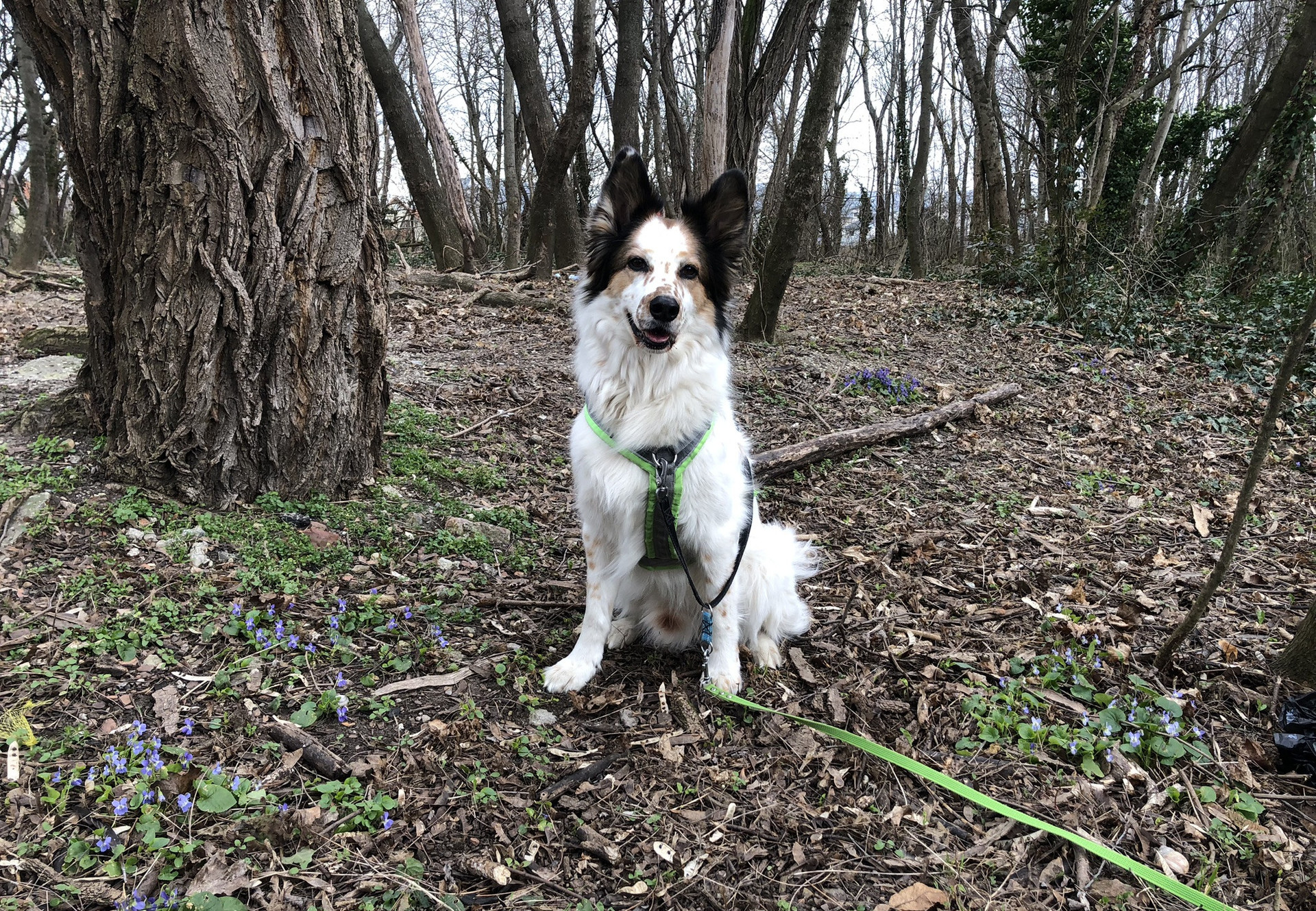
Which Leash Suits Which Dog?
What to look out for
A leash is a connection between the dog and the owner (i.e. an “extension” of the arm). The leash is used to guide, lead and control the dog but also gives support and security. A good leash is strong and durable. Its length will depend on where you are walking with your dog: a short leash, e.g. 2 m may best be used in urban areas and when your dog needs to walk at heel, while a longer leash, e.g. 5-10 m may suit a walk in nature, when you want to give your four-legged friend a little more leeway, without letting them off the leash altogether. The weight of the leash should not restrict the dog’s freedom of movement. The material should be robust and weatherproof. For better visibility (e.g. when traffic is nearby), some leashes have reflective components or come in eye-catching colours (e.g. bright yellow or orange).
The type of leash you choose will depend on the individual needs of your dog and the acivities you do with your dog from day to day.
First, you should consider your dog’s:
- Size
- Weight
- Temperament (calm, eager to run, unpredictable, hunting-oriented?)
- Typical activities (does the dog enjoy walking, training, running?)
Colour and aesthetics should only play a secondary role in the leash selection.
Leash types
Standard leash
Approximately 3 m long. You can give your dog a variable amount of space or keep them close to you. Suitable for walks and for training in basic commands.
Long-line leash
Between 5m and 20 m long, this type of leash gives the dog more freedom. It is suitable for training your dog to come and to fetch outside. A long-line leash should only ever be attached to a chest harness.
Moxon or retriever leash with pull stop
With this type, the leash and collar are formed from a single length of climbing rope, so if you take the retriever leash off your dog, they will be without a leash and collar. Please note: the retriever leash must be equipped with a pull stop that can be adjusted so that the collar only tightens to comfortably fit the circumference of the dog’s neck (there should still be a finger’s width between the neck and the collar). The pull stop will prevent the dog from being choked when tugging on the leash. Depending on the valid animal welfare legislation in your country, the use of this type of lead without a pull stop may be prohibited.
Short leash
This is a very short, often 1 m or shorter, elasticated leash with a handle, so the dog will stay very close to the owner. The elasticity prevents injuries to the dog’s spine in the event of sudden, jerky movements.
Retractable leashes
Retractable leashes are controversial because they pose a risk of injury to the dog, the owner and other people. Whether thin or wide, they can become a trip hazard if not used with care; they are easily overseen by others. A retractable leash made with thin cord can also injure a dog or human if it gets wrapped around a part of the body as it continues to be pulled out (cuts/rope burns). Another risk factor is that when dropping the end of the leash it can become a scary “anchor” when the dog panics and drags it behind him while running/escaping.

Dog with harness and a leash attached through a carabiner (snap hook)
Other aspects to consider
- Material: the leash must be strong, robust and weatherproof
- Security Carabiner: Metal safety carabiners attaches the leash securely to the harness and have a rotating swivel and an automatically snapping twist lock. They are ideal for dog leashes and offer the best possible protection against unintentional opening. The dog is securely connected to the leash and won't lose it while running wild.
- Spring-loaded carabiners (also called snap hooks or trigger clips): these can sometimes fail if sand gets into the closing mechanism and jams it.
- Scissor carabiners and pincer carabiners: these types of clips have the advantage that they are easy to attach and detach when wearing gloves in cold weather.
- Rings: there should be at least three attachment rings positioned at different points along the leash, so you can vary the length. These must be made of high-quality material similar to the carabiners to guarantee durability.
- Round vs. flat leashes and wrist loops: round leashes and wrist loops are less likely to cut into the hands than flat leashes, and they are easier to grip.
- Leash thickness: as a guideline, the leash should be depending on the type of the leash, material and preference rather thicker (1,2 – 2,5 cm)
- Weight of leash: should be appropriate to the size of the dog. It is especially important to consider the weight when using a long-line leash. A line that is 5 m long shouldn’t weigh more than 250–300g.

